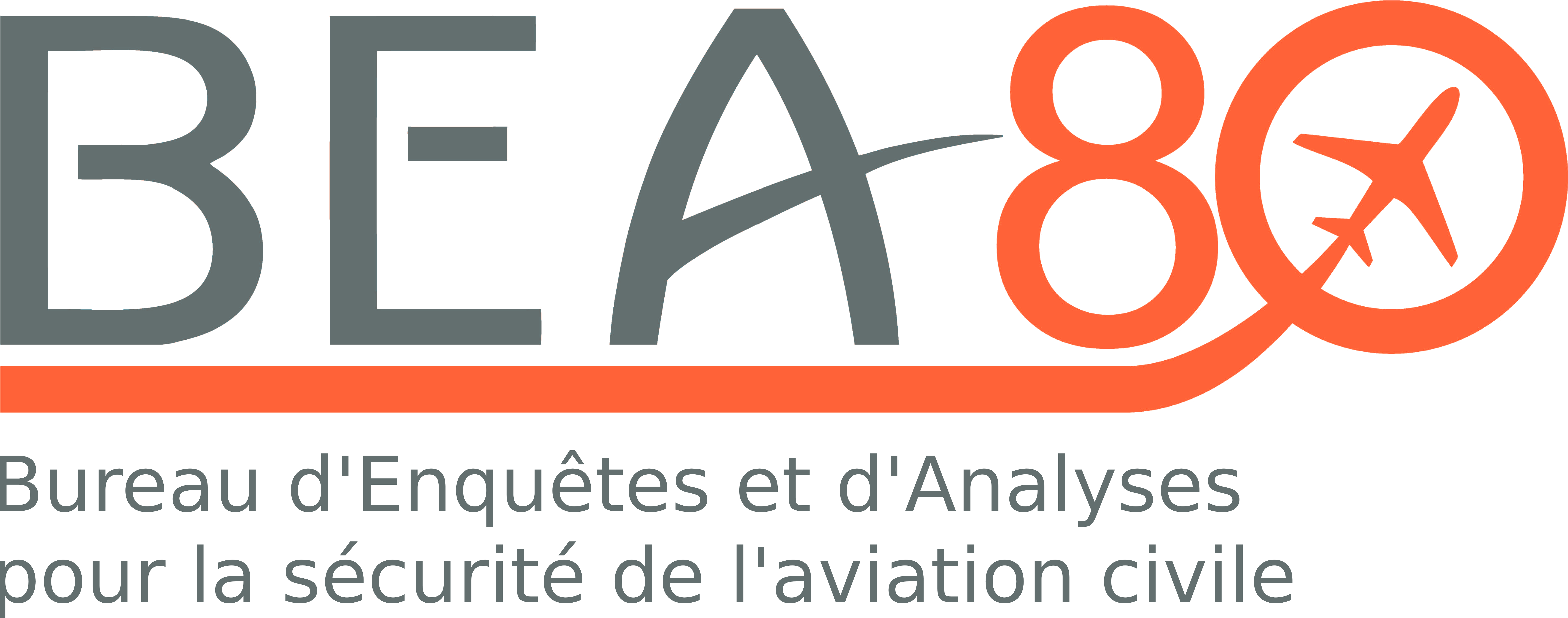Serious incident to the Beech 1900D registered F-GLNH operated by Twin Jet on 10/12/2021 en route
Hardness in elevator control and jamming of elevator trim in cruise
Before taking off, the aeroplane had been in a heavy rain shower for several dozen minutes, during which water might have seeped inside the fuselage of the aeroplane. The ambient humidity in the non-pressurised and unheated areas was very likely to have been high. During the climb to cruise level, the aeroplane flew through a very humid and very cold air mass. The combination of negative temperatures and the probable presence of water at the various feedthroughs of the elevator control and/or elevator trim cables could have led to the creation of ice. This ice could have interfered with the correct operation of the elevator control and/or elevator trim by causing substantial friction and even jamming. This phenomenon could also have occurred at the elevator trim actuator rods.
Once in cruise, the AP TRIM/FAIL warning was activated. The crew then disconnected the autopilot and observed that it was necessary to simultaneously act with an abnormal amount of force on the elevator control and the elevator trim wheel to modify the aeroplane’s path on the pitch axis. They then complied with the procedure to deal with the failure relating to the AP TRIM/FAIL warning. After adjusting the engine power and pitch using reference values and choosing an elevator trim position to maintain level flight, they continued the flight in manual mode, overriding the control surface forces and optimising the combined use of the trim, elevator control and engines in order not to force the system.
During the descent, as the temperature rose, the ice very probably began to melt. During the flare, when power was reduced, the co-pilot observed normal operation of the elevator control with no friction point, and landed without difficulty.
The BEA issues 3 safety recommendations:
- Recommendation FRAN-2024-001 / Updating crew recurrent training programme:
The BEA recommends that:
- whereas the flight manual does not contain a specific procedure or information regarding ice jamming the longitudinal control system;
- whereas useful information existed in Safety Communique 57 issued by the manufacturer in 1981;
- whereas today, operators and pilots probably do not know of the existence of this old document;
- whereas there have been new occurrences in connection with a fault on the elevator control channel on the Beech 1900, subsequent to the introduction of mandatory service bulletin SB 27-3032;
- whereas the possible risks associated with such jamming;
- whereas some pilots are not awareof this phenomenon of ice jamming the longitudinal control system;
the DSAC ensure that the risk of icing jamming the longitudinal control system is suitably taken into account in the safety management systems of Beech 1900 French operators and that, based on the analysis carried out, the corresponding appropriate measures are implemented with the crews.
The follow-up of this recommendation has been completed. Please consult SRIS2 for information about the adequate response to this recommendation.
- Recommendation FRAN-2024-002 & FRAN-2024-003 / Occurrences in connection with ice jamming the elevator control system on Beech 1900Ds:
The BEA recommends that:
- whereas the manufacturer's solution of greasing and replacing the elevator trim actuators, imposed by mandatory Service Bulletin SB 27-3032 appears to be a risk mitigation solution that has reduced the frequency of these events without making them disappear;
- whereas there have been new occurrences in connection with a fault on the elevator control system on the Beech 1900, subsequent to the introduction of mandatory Service Bulletin SB 27-3032;
The FAA review the analysis of in-service events related to in-flight cases of ice totally or partially jamming controls on the Beech 1900 and ensure that Textron Aviation propose appropriate corrective measures.
This recommendation is being processed. Its status can be consulted on SRIS2.
EASA ensure that the manufacturer and the FAA are well informed of the occurrences in Europe involving European operators, including the occurrences identified in this report, that it is informed of the analysis made of these occurrences, of the actions taken by the manufacturer and the FAA, and that it draw the consequences in the event of no measures or insufficient measures being taken.
The follow-up of this recommendation has been completed. Please consult SRIS2 for information about the adequate response to this recommendation.
___________________________________________________________________
Note: in accordance with the provisions of Article 17.3 of Regulation No 996/2010 of the European Parliament and of the Council of 20 October 2010 on the investigation and prevention of accidents and incidents in civil aviation, a safety recommendation in no case creates a presumption of fault or liability in an accident, serious incident or incident. The recipients of safety recommendations report to the issuing authority in charge of safety investigations, on the measures taken or being studied for their implementation, as provided for in Article 18 of the aforementioned regulation.
